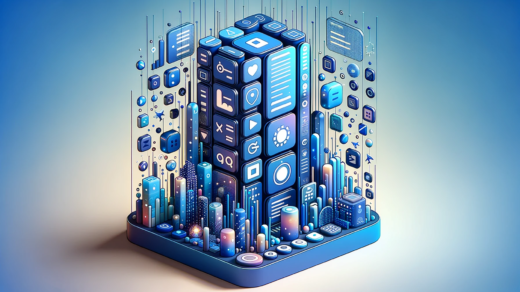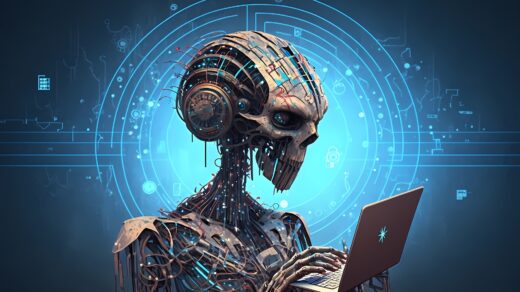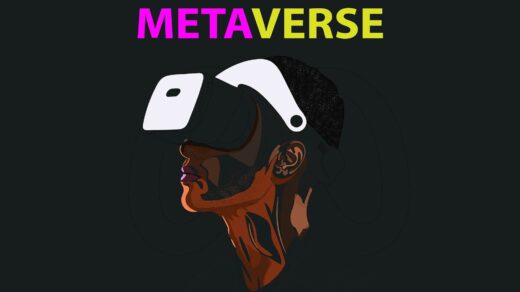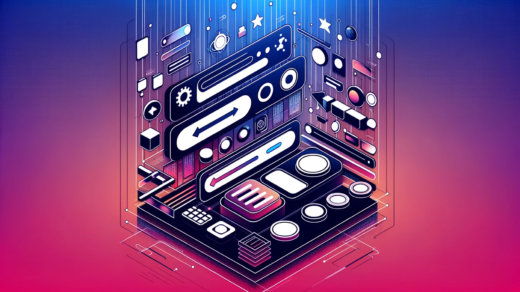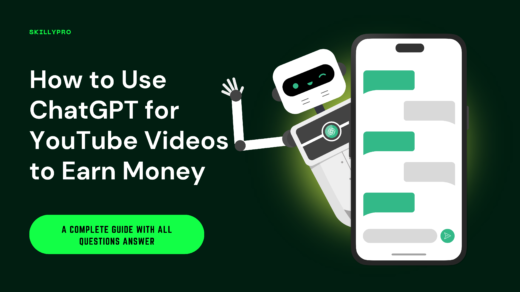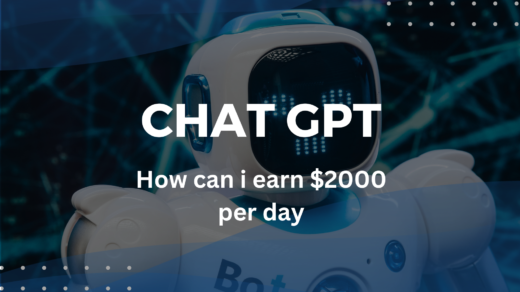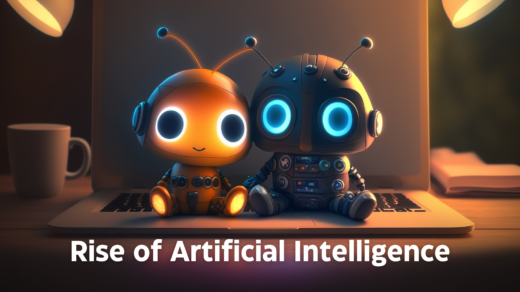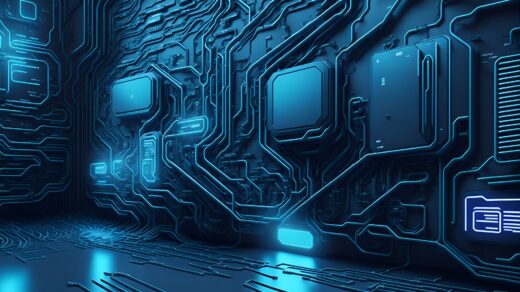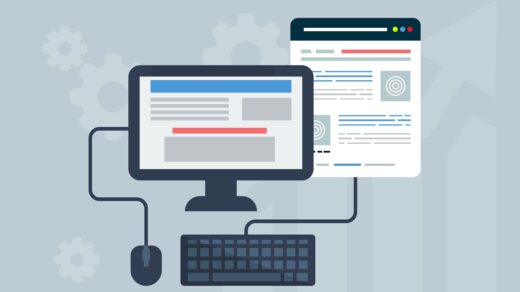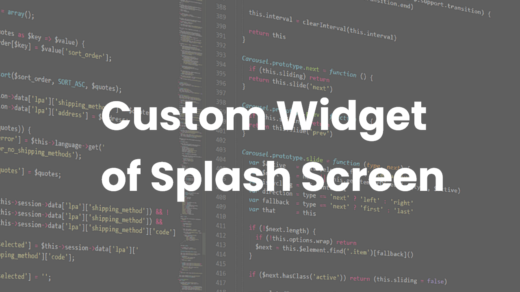The twenty-first century has been a transformative period for technology, with Artificial Intelligence (AI) playing a crucial role. Natural Language Processing (NLP) is a complex and interesting subject at the heart of AI. This technology has changed the face of modern computing by allowing machines to understand, interpret, produce, and make sense of human language. This essay will go into the realm of natural language processing (NLP), its uses, and its future possibilities.
Understanding Natural Language Processing
Natural Language Processing (NLP) is a branch of artificial intelligence that bridges the gap between human communication and machine comprehension. It integrates computational linguistics with Machine Learning (ML) and Deep Learning (DL) approaches to enable robots to effectively comprehend human language.

Text mining, sentiment analysis, speech recognition, and language production are all part of NLP. Text mining is the process of extracting useful information from text data, whereas sentiment analysis is the process of determining the sentiment behind a certain text. Language creation allows computers to generate human-like writing, whereas speech recognition allows computers to interpret spoken language.
Role of NLP in Modern AI
The introduction of NLP has had a huge influence on a variety of industries, opening the way for innovations such as chatbots, virtual assistants, and more. Companies now use NLP-powered chatbots to deliver 24/7 customer assistance, improving both the customer experience and operational efficiency. Apple and Amazon have implemented NLP into virtual assistants such as Siri and Alexa, allowing users to execute tasks via voice input.
In the realm of data analytics, NLP helps with text mining, which is the process of making sense of large amounts of unstructured data in order to extract actionable insights. Sentiment analysis, an application of NLP, is used by social media platforms to assess public opinion on certain subjects or items, assisting businesses in developing their strategy.
Major Breakthroughs in NLP
Deep Learning has accelerated key advances in NLP. Transformer models, such as Google’s Bidirectional Encoder Representations from Transformers (BERT), have changed the landscape of natural language processing. BERT, a pre-trained NLP model, comprehends the context of words in a phrase by analyzing them in both ways (left-to-right and right-to-left), which is a considerable improvement over earlier models that only analyzed text in one direction.
The bidirectional method of BERT allows for a more complex grasp of language semantics, paving the door for more accurate search results, language translations, and sentiment analysis. Its efficacy has proved so great that it is currently employed as the foundation for many NLP jobs and applications.
The Future of Natural Language Processing
The future of NLP is bright, with advances predicted to improve human-computer interaction. NLP is projected to grow more accurate and efficient as transformer models become more popular and algorithms continue to evolve.
AI research is also concentrating on reaching ‘real’ language understanding and creation by computers, that is, robots that can comprehend and produce language in the same way as a person can, replete with subtleties, dialects, and emotions. This advancement has the potential to alter industries such as customer service, digital marketing, and healthcare, among others.
Furthermore, as NLP technology advances, it will become more interwoven into our daily lives, from personalized advertising to smart home gadgets to real-time translation services and enhanced healthcare diagnostics.
Conclusion
Finally, Natural Language Processing is a game-changing technology that is at the heart of current AI. It is a fast-growing area that has already had a considerable influence on our world, and its potential for the future is enormous. As NLP advances, it will play a larger role in driving the AI revolution, making our interactions with technology more intuitive and improving our lives in a variety of ways.
Read More
Demystifying Machine Learning: A Comprehensive Guide to Modern AI
Deep Learning: Revolutionizing AI Through Advanced Neural Networks
Harnessing the Power of Artificial Intelligence: A Game-Changer Digital Era
Foldable Devices: A Revolution in Mobile Technology
Electric Vehicles: Driving the Future of Sustainable Transportation




